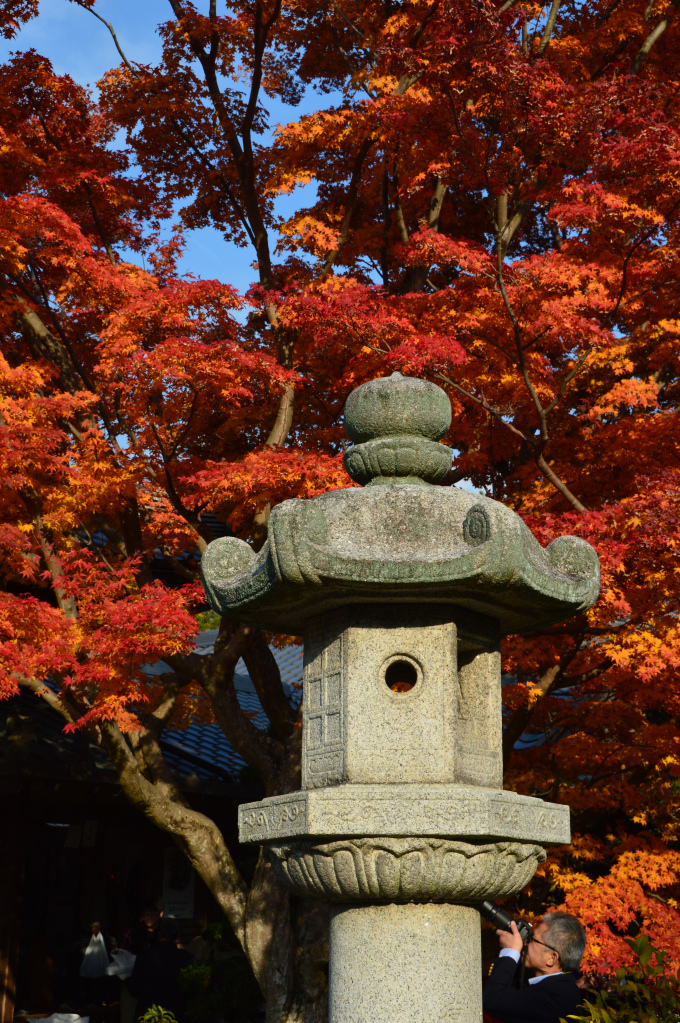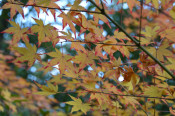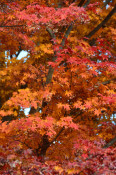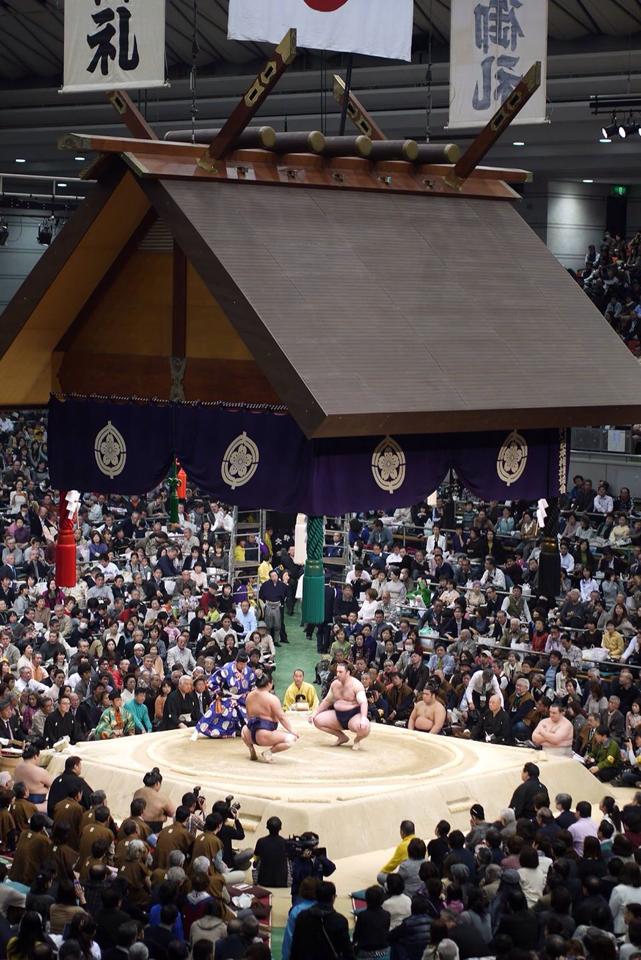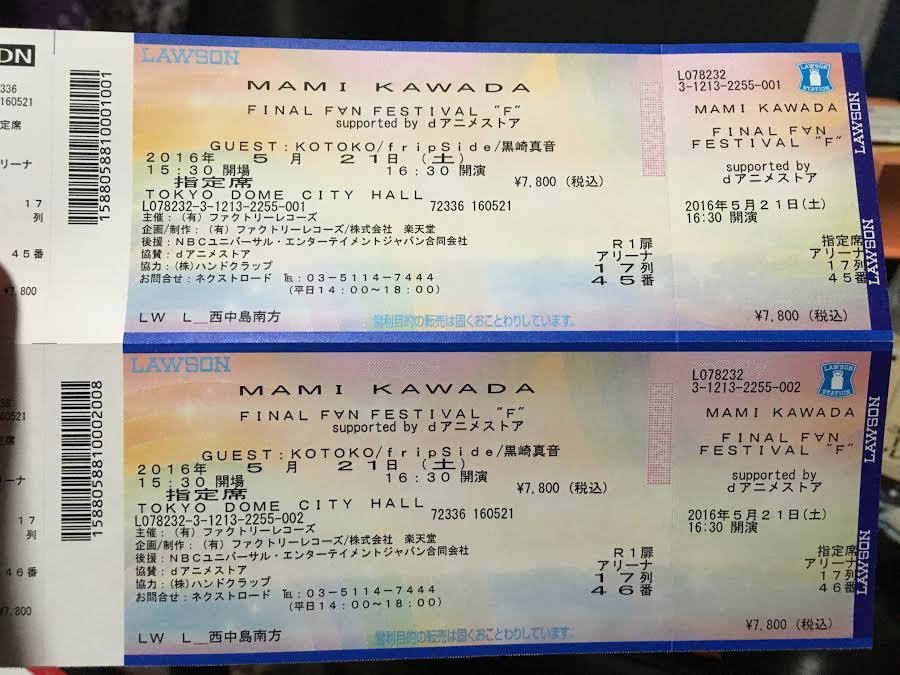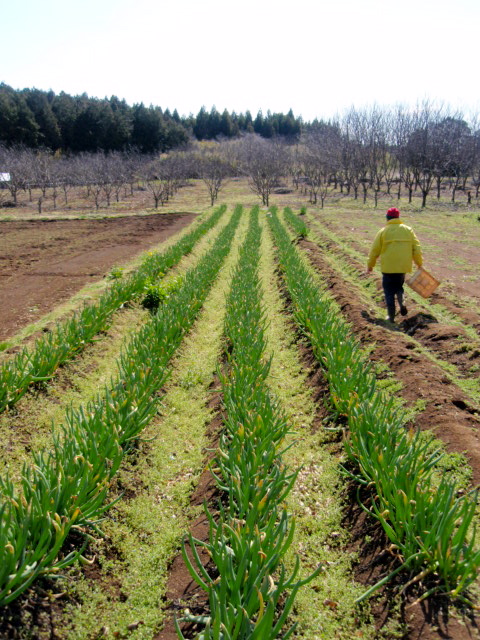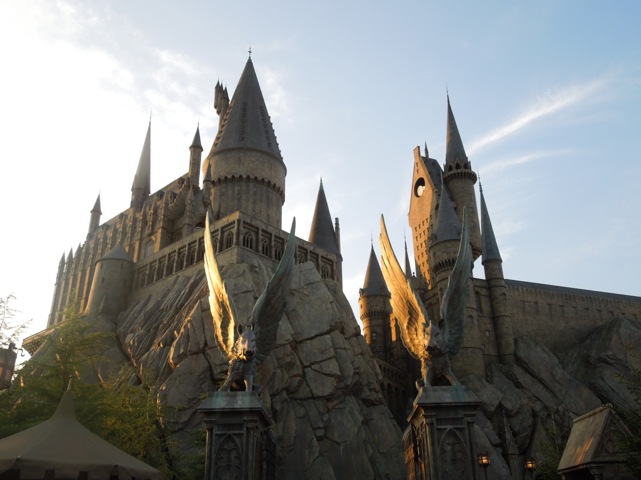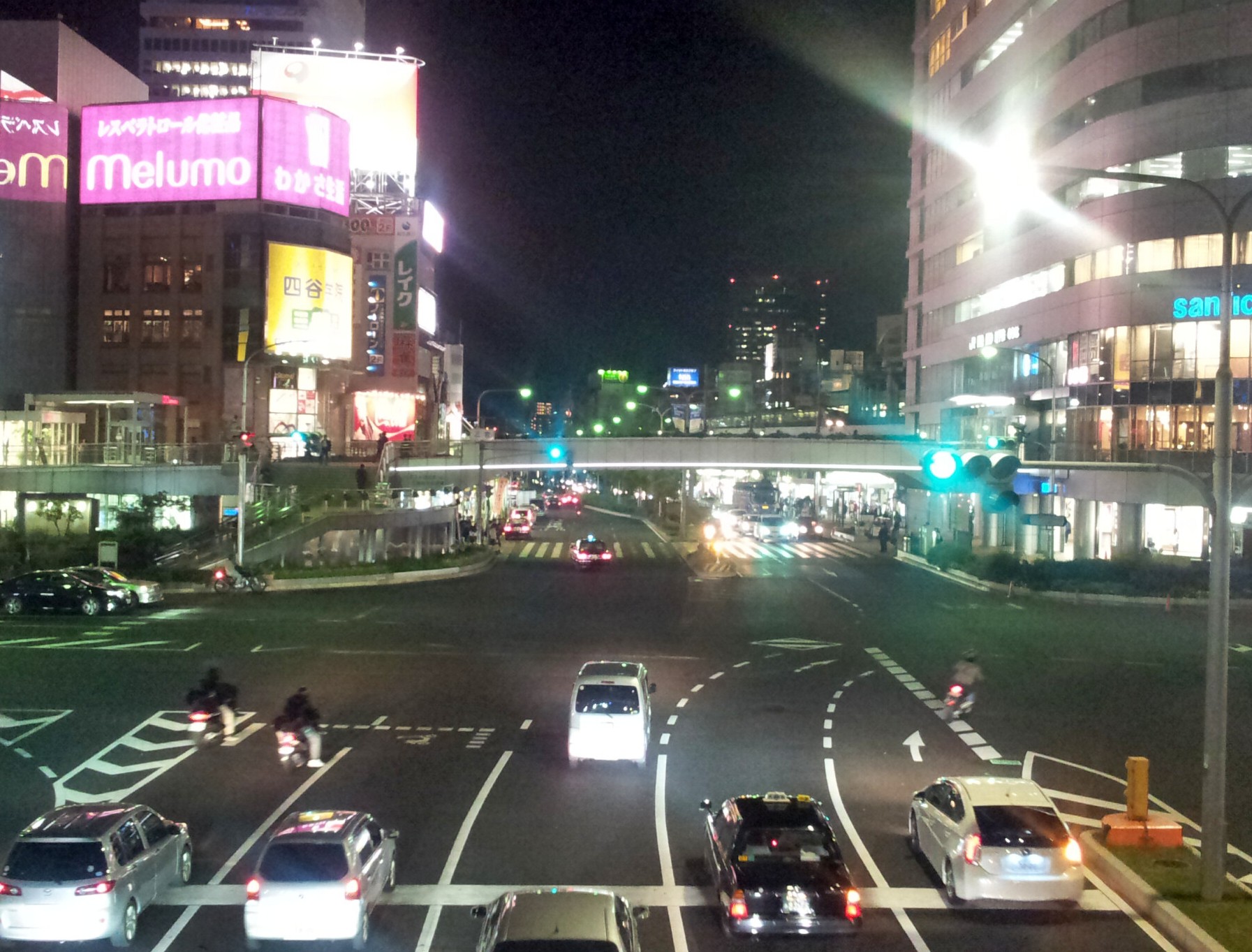Kyoto’s Fall Foliage
Temple Trekking:
As the culture capital of Japan, Kyoto is undoubtedly one of the best places for Hyogo JETs to visit and enjoy a unique blend of traditional culture and modern Japan. The city’s many temples, gardens, museums, parks, and other highlights provide entertainment year-round, but the autumn leaves, known as 紅葉 (kouyou), transform already beautiful sights into absolutely stunning views in vivid shades of red, yellow, and orange. Kyoto’s kouyou is famous throughout Japan, so the already popular tourist spots like Kinkakuji and Kiyomizudera become unbearably packed with visitors during the fall months. If you’re looking to enjoy the gorgeous colors in a more serene and private setting, head to some of Kyoto’s lesser-known attractions – still famed for fall beauty and popular enough to make access easy, but far enough off the beaten path that the crowds aren’t overwhelming.
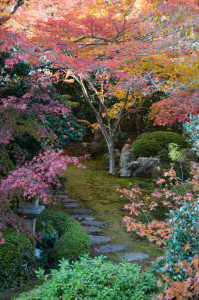 Koetsu-ji
Koetsu-ji
             Located in the northern part of the city and surrounded by rolling hills, Koetsu-ji offers visitors scenic views of Kyoto. The temple was named for Koetsu Hon-Ami, a calligrapher, ceramic artist, and master of tea ceremony in the early Edo period. Koetsu studied with masters of several different schools ofèŒ¶é“ (sadÅ), or tea ceremony, including Furuta Oribe, Oda Urakusai, and Sen SÅtan. Because of this, the temple grounds contain seven different teahouses. The teahouses are often closed to the public, but the garden they are in is beautiful in its own right. The paths wander amongst the teahouses, and the various benches and gazebos make great spots to stop and admire the fall foliage. Since the grounds are fairly extensive, it is easy to lose sight of other visitors and feel as if you are alone in an autumn wonderland.
Genko-an
             Genko-an Temple, more formally known as Yohozan Hojurin Genko-an, was founded by Tetsuo Giko in 1346. An abbot at the Daitoku-ji Monastary of the Rinzai School of Zen, Giko built the temple as a retirement hermitage. The Buddhist influences are evident in the architecture – off the main hall there are two distinctive windows, a round one and a square one. Satori no mado, the Window of Realization, is round representing the harmony, completeness, and enlightenment found in Zen Buddhism. Mayoi no mado, the Window of Delusion, embodies confusion, ignorance, and samsara: a life of human suffering. Both windows also offer a gorgeous view of the gardens and their kouyou.
Another distinctive feature of Genko-an is the “bloody ceiling,†or chitenjo. The wood for this ceiling was repurposed from the floorboards of Fushimi Castle, the site of an ancient siege. When Ieyasu Tokugawa challenged the remnants of warlord Toyotomi Hideyoshi’s rule, he garrisoned Fushimi Castle with 2,000 men led by his vassal Torii Mototada. When the castle came under siege, Mototada defended it for eleven days, allowing Tokugawa time to gather enough forces to win the Battle of Sekigahara and secure his rule. Eventually, only ten defenders remained, and Mototada led them in suicide rather than surrender to the enemy. Their blood soaked into the floorboards, and the stains are still visible today. 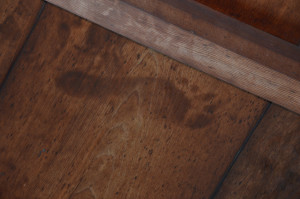 Some of the larger dark patches are supposed to be bodies, but may be unrecognizable as such. The footprints, however, are well-defined – be on the lookout for several throughout the temple!
Some of the larger dark patches are supposed to be bodies, but may be unrecognizable as such. The footprints, however, are well-defined – be on the lookout for several throughout the temple!
Both temples are interesting visit sites in any season, and the history and culture combined with beautiful autumn colors made my trip incredibly enjoyable. As Kyoto is so popular for viewing fall leaves, both temples still had many tourists and their cameras, but not so many that the experience was spoiled. My group was still able to wander leisurely around taking pictures that were generally free of other people. The one exception was at the satori no mado in Genko-an – apparently this is a famous photo spot, because the Japanese temple-goers were uncharacteristically pushy. I stayed in the crowd long enough to peek through the window, but ultimately decided that getting a good picture wasn’t worth being repeatedly jostled. Instead, I spent longer admiring the Buddhist statues in the main hall. Ultimately, I recommend both Koetsu-ji and Genko-an for those wishing to see Kyoto’s kouyou while avoiding outrageous crowds.
Erika Horwege
Access – For both temples, take the Kyoto City Subway Karasuma Line from Kyoto Station to Kitaoji (14 minutes, 260円). Walk to the Kitaoji Bus Terminal (~5 minutes) and take the City Bus 1 from Stand E. Get off at Genko-an-mae (230円).
Koetsu-ji: << 3 minute walk from the Genko-an-mae bus stop >> << 8:00-17:00 >> << Entrance Fee: 300円 >> << Closed November 10-13 >>
Genko-an: << 1 minute walk from the Genko-an-mae bus stop >> << 9:00-17:00 >> << Entrance Fee: 400円 >>
